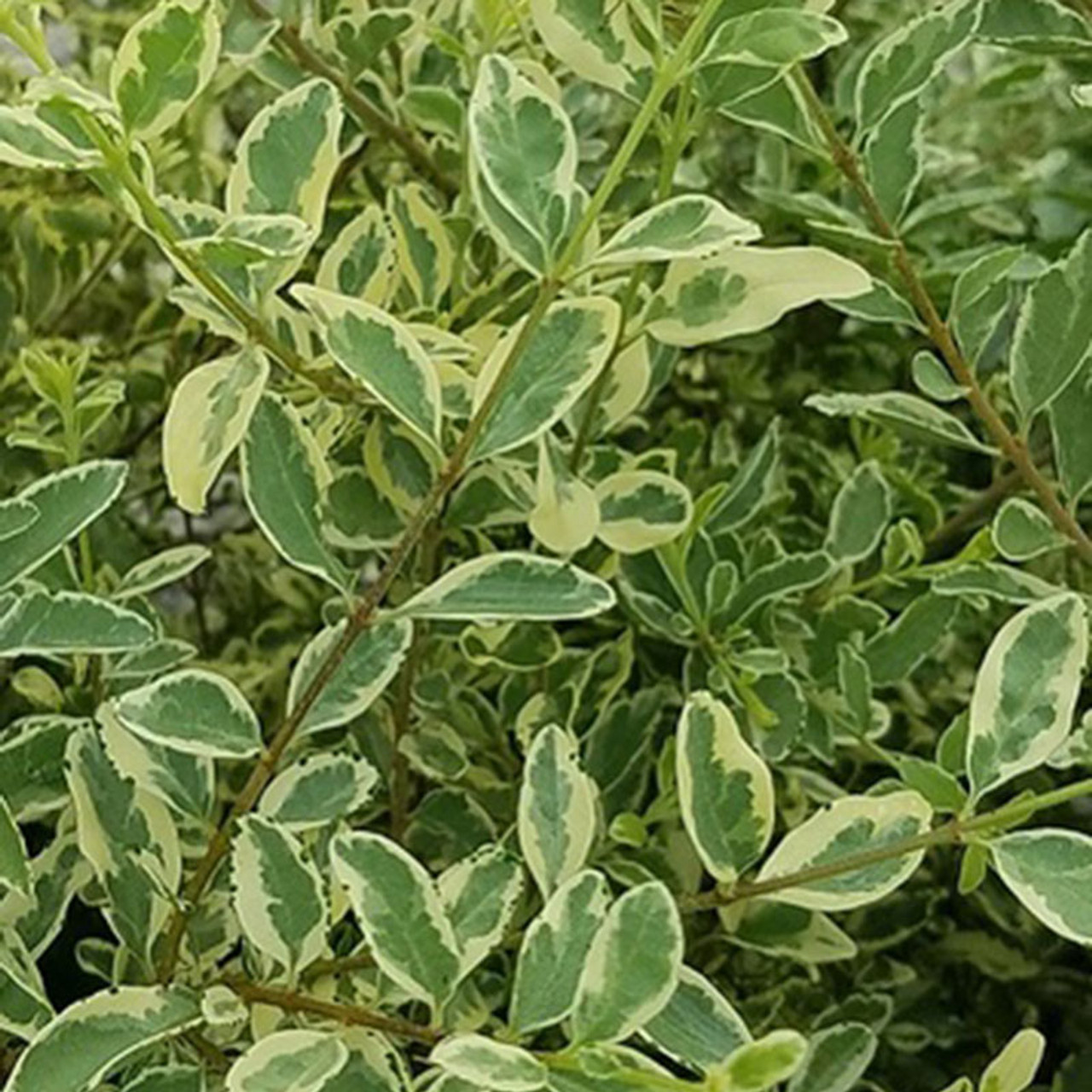Chinese Privet Plant

The Chinese Privet plant, known scientifically as Ligustrum sinense, is a species of evergreen shrub or small tree that has become widely naturalized in many parts of the world. Native to China, this plant has been introduced to various regions for its ornamental value, including its attractive foliage and clusters of small, white flowers that bloom in the spring. However, the Chinese Privet has also gained notoriety for its invasive tendencies, outcompeting native vegetation and altering ecosystems in profound ways.
Origins and Distribution
Originating from the mountainous regions of China, the Chinese Privet has been cultivated for centuries for its aesthetic appeal. Its introduction to other parts of the world, particularly in the southern United States, was intended for use as an ornamental plant in gardens and landscapes. Over time, it has escaped from cultivation and spread into the wild, where it has thrived in a variety of habitats, from forests to floodplains. The plant’s ability to grow quickly and produce large quantities of seeds has facilitated its spread, allowing it to establish dense stands that can choke out native species.
Ecological Impact
The invasive nature of the Chinese Privet has significant ecological implications. By forming dense thickets, it prevents native plants from growing, which in turn affects the local wildlife that depends on those plants for food and shelter. The reduction in biodiversity can have cascading effects throughout the ecosystem, altering nutrient cycles, fire regimes, and even the structure of the soil. Furthermore, the Chinese Privet’s tolerance to a wide range of environmental conditions makes it a formidable competitor, able to thrive in areas where native species might struggle to survive.
Control and Management
Given its invasive status, controlling the spread of the Chinese Privet and mitigating its effects on native ecosystems is a priority for conservation efforts. Several strategies are employed to manage Chinese Privet populations, including manual removal, herbicide application, and biological control methods. Manual removal, though labor-intensive, is often effective for small, isolated infestations. Herbicides can be used for larger areas but require careful application to avoid harming non-target species. Biological control, which involves introducing natural enemies of the plant, is a more experimental approach that has shown promise in some regions.
Uses and Benefits
Despite its invasive potential, the Chinese Privet also has several uses that highlight its value beyond its ornamental appeal. In traditional Chinese medicine, parts of the plant are used to treat various ailments, including fever and rheumatism. The plant’s berries are consumed by birds, which helps in the dissemination of its seeds, though this also contributes to its invasive spread. Additionally, the Chinese Privet has been used in horticultural applications for hedging and screening due to its dense growth habit and tolerance of pruning.
Identification and Differentiation
Identifying the Chinese Privet involves recognizing its evergreen leaves, which are dark green, lance-shaped, and oppositely arranged on the stem. The plant produces small, white flowers in late spring, which are followed by purple berries. It can be differentiated from other privet species by its larger leaves and more vigorous growth habit. Understanding how to identify the Chinese Privet is crucial for both its deliberate cultivation and its control in natural areas.
Cultivation and Care
For those interested in cultivating the Chinese Privet in a controlled environment, such as a garden, it is essential to be aware of its potential for invasion. The plant prefers well-drained soil and full sun to partial shade. Regular pruning is necessary to maintain its desired shape and size, and to prevent it from becoming invasive. In areas where the Chinese Privet is known to be invasive, careful consideration should be given before deciding to plant it, and alternative, non-invasive species should be chosen whenever possible.
Conclusion
The Chinese Privet plant embodies the complex relationship between human activity and the natural environment. While it was introduced with the intent of beautifying landscapes, its consequences have been far-reaching and deleterious to native ecosystems. Understanding the nuances of this plant, from its ecological impact to its potential uses, is crucial for managing its spread and mitigating its harmful effects. As we move forward, it is essential to adopt a mindful approach to the introduction of non-native species, weighing their aesthetic and practical benefits against the potential risks to the environment.
What are the primary methods for controlling the spread of Chinese Privet?
+The primary methods for controlling the spread of Chinese Privet include manual removal, herbicide application, and biological control methods. Each method has its own set of considerations and potential impacts on the environment, requiring careful planning and execution.
What are some traditional uses of the Chinese Privet plant?
+Traditionally, the Chinese Privet has been used in Chinese medicine for its purported health benefits, including the treatment of fever and rheumatism. Its berries are also a food source for various bird species, contributing to its natural spread.
How can one differentiate the Chinese Privet from other privet species?
+The Chinese Privet can be differentiated from other privet species by its larger leaves and more vigorous growth habit. It also produces small, white flowers in late spring, followed by purple berries, which can aid in identification.